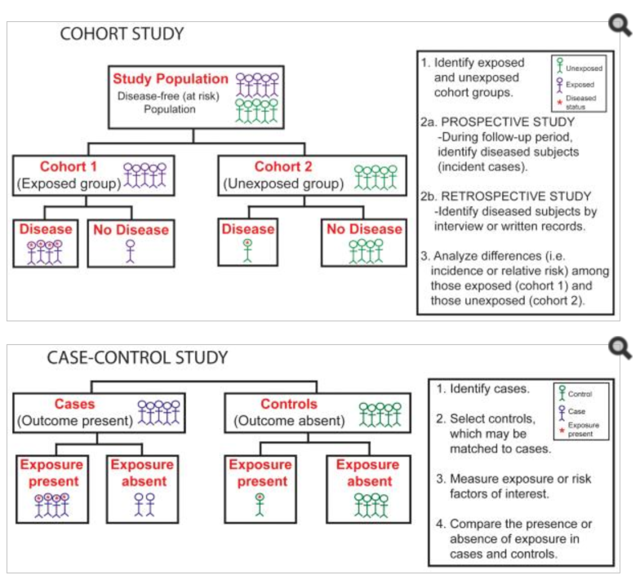

This would unearth whether there is a link between exposure to the radiation and certain health detriments. Their studies include retrospective surveys that question these workers’ health, well-being and exposure to a certain radiation, including its source of emanation. A group of investigators study the records of factory workers from two decades ago.Surveys can be applied to all cases as part of the research process. The following includes a few examples of retrospective studies. As such, no data from the present and onwards is collected, as it is in longitudinal studies. Called retrospective longitudinal studies, this kind of research studies a sampling pool over a period of time - the time period involves data that was previously collected. Retrospective studies can be used with longitudinal studies, which study trajectories and changes over a period of time. This is mainly due to surveys, in that a retrospective survey, like a cross-sectional survey, can be conducted just once to find historical information. Although cross-sectional and retrospective studies form their own survey methods, they share some common ground. In a cross-sectional study, research is gathered to find prevalence, which is the number of cases in a studied group at a specific point in time. Retrospective surveys are not standalone surveys they are usually conducted as part of a larger cross-sectional or longitudinal study. Using Retrospective Surveys with Cross-Sectional & Longitudinal Surveys They look to the past to find if there is a statistically crucial difference in the exposure rates of a risk factor between the two groups. These include both the one with the outcome and one without the outcome. They define two groups at the onset of the study. Most case-control studies are retrospective, but some can be prospective. Case-control study: This seeks to determine the possible exposure factors after a known incidence.The exposures are defined before looking at the outcome data to see if exposure to a factor is associated with a significant disparity in the outcome development rate. The studies are conducted on research already in existence. In retrospective cohort studies, the exposure and outcomes have already occurred. Retrospective cohort study: This kind of study would seek to compare the risk of developing a certain outcome to some already known exposure factors.They can be used in tandem as part of the broader retrospective study. There are two main types of retrospective surveys. They would also uncover when these phenomena began. In this, the study and therefore the retrospective surveys, seek to find the links between experiences and unwillingness to shop online. A retrospective study would therefore inspect past events to learn about the factors that contributed to the consumers’ reluctance to shop online. Their aversion comes in spite of the fact that they have internet access and a tendency to frequent the online space. In the case of business, consider the following example:Ī group of customers does not wish to make any online purchases. It also looks at links and causes between studied events or phenomena. The purpose of a retrospective study is to discover how certain events and mindsets have unfolded or how they developed. It falls under cohort studies, which are observational studies that determine how often a phenomenon occurs within a targeted population. This places a retrospective study in opposition to a prospective study, in which researchers choose a survey panel or survey respondents from an online survey tool and follow the subjects over a period of time.Īlso called historical research, a retrospective study inspects the historical data of a group of people. To put it in simple terms, in a retrospective study, researchers gather data on occurrences that have already happened. This article will take a dive into retrospective studies and their accompanying surveys to make their purpose lucid in the business world. That is because this study is not limited to medicine and psychology. Used in retrospective research, these surveys unlock many valuable insights that businesses can use to strengthen their marketing efforts and to better understand their target market.

Retrospective surveys entail examining past events to see how they relate to outcomes (a study of interest) discovered at the beginning of a study. While most survey research involves looking into the here and now, there is one type of study that does quite the opposite. Diving Into Retrospective Surveys Diving Into Retrospective Surveys


 0 kommentar(er)
0 kommentar(er)
